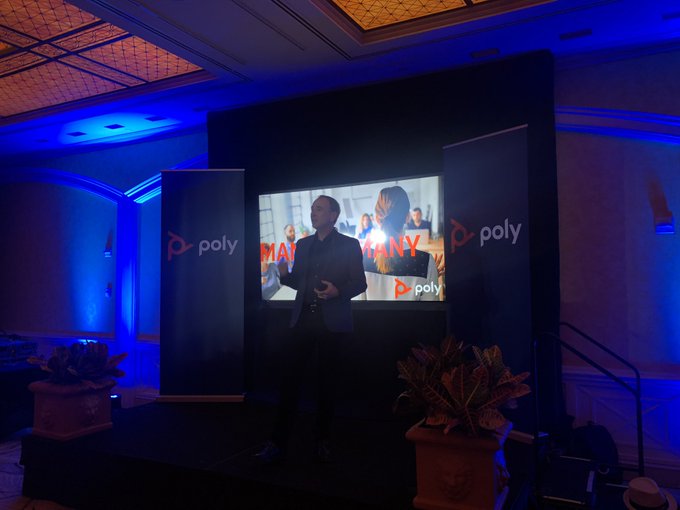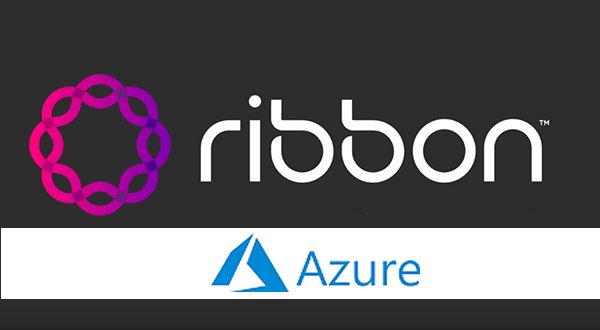For watchers of the unified communications industry, the yearly jaunt to Orlando for Enterprise Connect is a marathon: with seemingly hundreds of press releases, analyst briefings and other meetings. With a couple of days to process, two themes emerged for me around Enterprise Connect 2019: platforms and ecosystems. As businesses gradually acknowledge that enterprise communications is the technology foundation of their businesses and is vital to digitally transform their processes, they seek to tap into a strong platform and leverage the emerging ecosystem of products and partners to make these transformations possible. Here are a few examples of how solutions showcased at Enterprise Connect will make this possible for businesses of all sizes:
Poly: The clear “belle of the ball” at EC19 was Poly. Poly is the go-forward brand for Plantronics and Polycom. Even more important than having a conjoined branding and a swanky new logo, the mission of Poly is straightforward: Leverage some of the best hardware (headsets, audio and video phones, and conferencing devices), combined with cloud-scalable device management and analytics software, to enable IT departments, UC vendors and service providers to deliver on the promise of high-quality and simplified communications experiences to end users. Poly has the potential to be a premier one-stop shop provider for collaboration endpoints to their ecosystem of partners. But more importantly, if properly integrated and executed, the “many” resources of Poly (pun intended) offers the opportunity to also finally address both the daily friction of “Why doesn’t my headset work with my phone?” as well as establish truly strategic partnerships and continued adoption of collaboration tools.
Ribbon Communications: While certainly less flashy than Poly’s coming-out party, Ribbon’s presence at Enterprise Connect was equally significant, as it continues to pursue a strategy of enabling service providers to deliver compelling solutions and working its way into a number of ecosystems.
- Most prominent was the launch of telecom giant’s AT&T’s API Marketplace, powered by Ribbon’s Kandy CPaaS platform. By leveraging Kandy’s platform, AT&T is opening up its communications services to the enterprise and developer markets, and looking to consolidate all of its programmable capabilities into a centralized repository, as well as offer turnkey applications. At launch, the turnkey applications include Click-to-Connect (which empowers a business’ website with chat, calling, and screen share capabilities) and Virtual Directory (which puts a company’s employee phone directory on the web, allowing visitors to directly connect with the person they’re trying to reach). Ribbon also announced its partnership with KPN, powering similar capabilities for one of the largest providers in the Netherlands.
- Ribbon’s session border controllers also played heavily into a number of EC announcements, both from Ribbon and the broader partner ecosystem. First, Ribbon’s SBCs will support the newly launched Amazon Chime Voice Connector, enabling businesses to connect their existing on-premises platforms or cloud-based calling capabilities to the new Amazon calling services. In addition, Ribbon’s software edition (SWe) SBC is now available on the AWS Marketplace, allowing customers to quickly deploy SBCs in the AWS cloud, opening up significant deployment options for businesses.
- Ribbon also announced that its SBCs are now certified to support Microsoft Teams Direct Routing. Direct Routing leverages a company’s existing telecommunications services (such as SIP trunking from the major carriers) to support PSTN access for Microsoft’s cloud PBX within Teams. Similar to its Amazon arrangement, Ribbon’s SBC SWe also supports Azure cloud deployments. I would expect a number of Ribbon’s carrier partners to announce support for Direct Routing, leveraging Ribbon’s SBC at the customer edge or within their own data centers.
Vonage: Vonage came to Enterprise Connect building on the success of its OneVonage platform. The provider’s new contact center as a service for the mid-market, CX Cloud Express, and its programmable business numbers take full advantage of Vonage’s underlying Nexmo platform to put a full range of capabilities in the hands of its customers.
This is only a subset of the many announcements that came out of Enterprise Connect this year, but I picked these cases because they illustrate how enterprise communications is evolving: As an industry, we are well past selling “boxes” and a discrete set of services or point solutions, and moving into the realm of programmable communications, where cloud-based platforms and an ecosystem of partners are creating communications services that are tightly integrated with business processes and workflows. The future of communications will be determined by how the business user wants to consume and use them, rather than by how vendors package and sell them.







